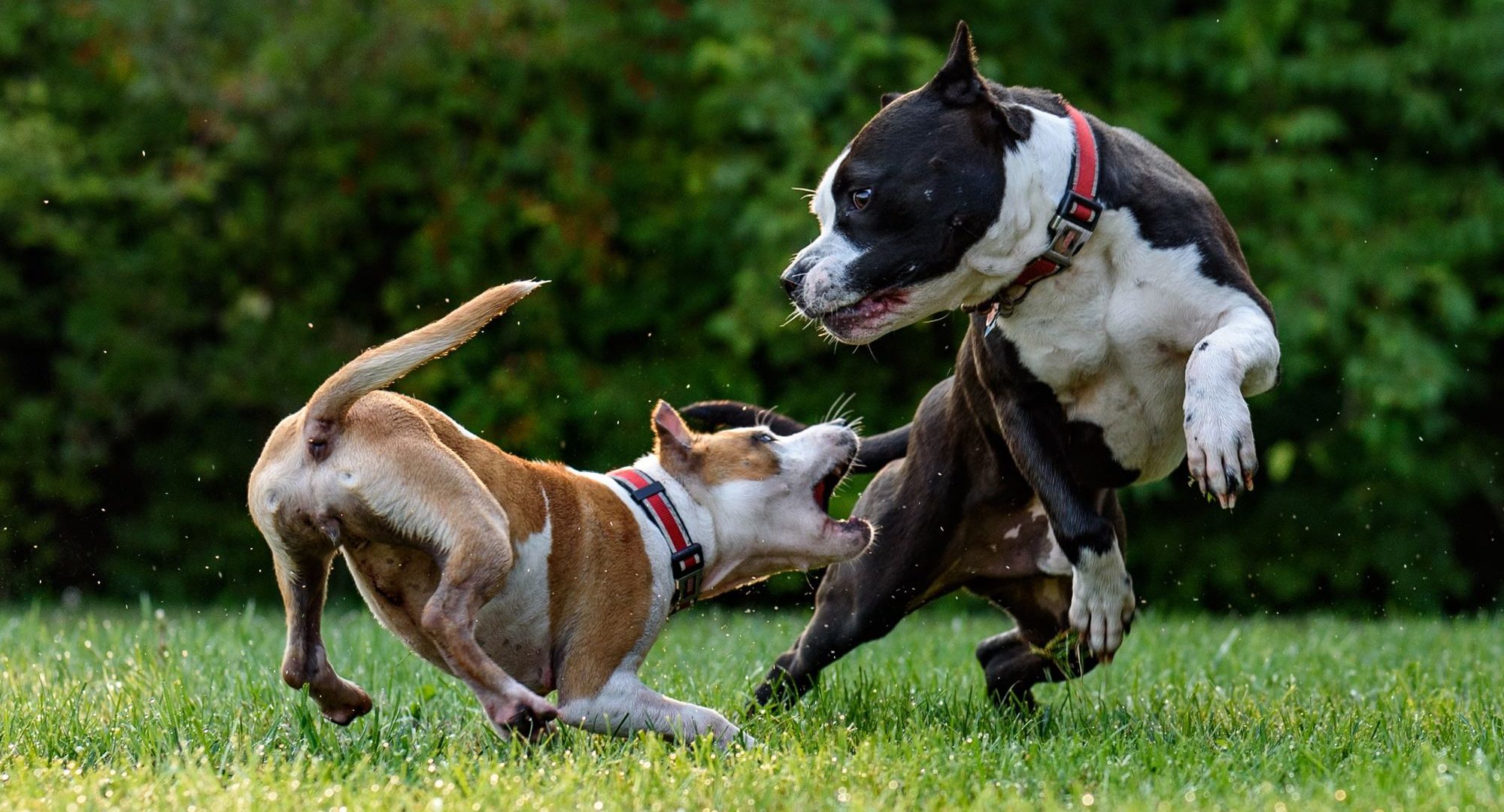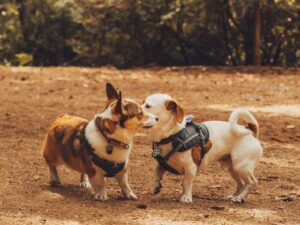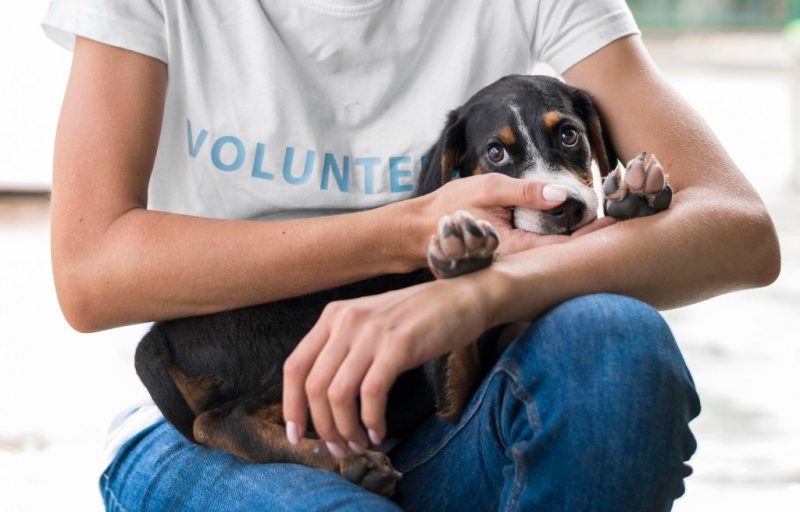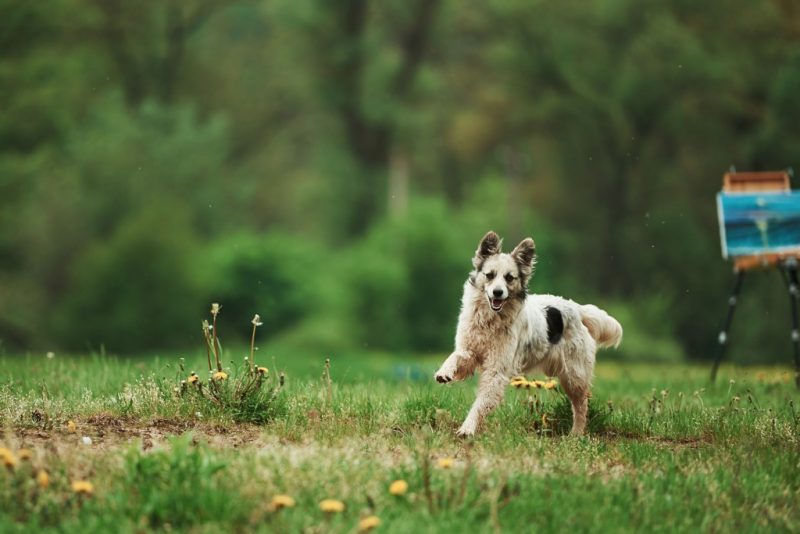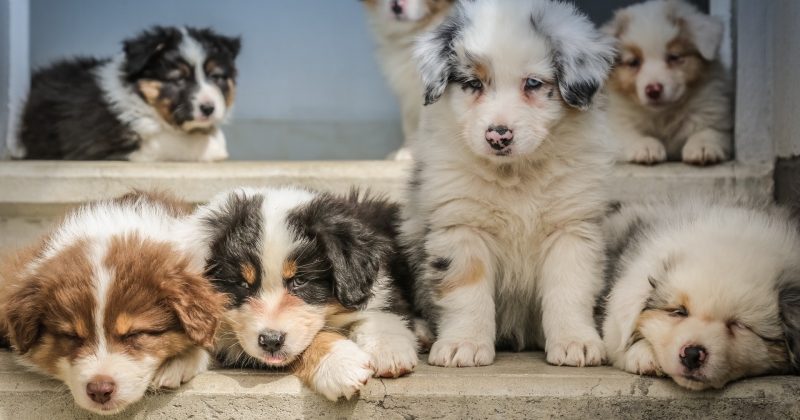What’s better than one dog? Two! That is, assuming they get along. Getting a second (or third) dog can be a really great move, introducing more love and fun into your family, and giving your current pet a new playmate. But it’s naive to assume they’ll get along perfectly straight away without a bit of encouragement.
Dogs aren’t toys (although sometimes they look like them), they have their own feelings, memories, hangups, irritations that need to be taken into consideration when introducing a new dog into their space. Remember, you might see two future best friends meeting for the first time. They probably see some random animal invading their space and threatening their connection to their family.
To help avoid potential confrontations, future issues, and make sure things go as smoothly as possible, we’ve compiled five easy steps to keep in mind.
1. Understand Your Role as Leader of the Pack
Remember ultimately you’re the number one dog here. So your behaviour can be the biggest influence of how everyone gets along. The other animals will look to you for guidance and reassurance. You can do that by:
- Set the rules and stick to them: Dogs love consistency and routine, it helps them feel safe. So decide what the house rules are, and make sure they apply to everyone.
- Not playing favourites: Treat new and existing dogs equally to avoid possible jealousy. That means no babying the newbie.
- Maintain equal quality time: Both dogs will still need regular one-on-one attention. This isn’t just in the beginning either, but ongoing. You don’t want the original pet to feel that this addition has taken you away from them.
- Learn their body language: The dogs will take time to get to know each other, but it’s important you keep an eye on things too. Look into warning behaviours so you can break up any fights or confrontations before they start. The goal is to not let emotions spike. It’s harder to undo bad associations than avoid them all together.
- Relax! Your dogs will read your signals, and it will help them react the same way.
2. Arrange (at Least) the First Meeting on Neutral Territory
Introducing a new dog in a neutral space can help avoid anyone getting territorial. This can be as simple as a nearby park. If possible, try to let them sniff each other out before you even adopt the new dog.
- Remain in control: Again, you’re the boss. Keep both dogs on lead and allow them to greet casually. If things get tense, separate them, let them relax and try again.
- Take your time: This could take several sessions. Start slow, a 30 second walk by, and build up to them hanging out.
- End well: It’s vital you end all interactions on a high by rewarding each dog (separately) for their positive encounter. That can be with treats, play, or a cuddle. Whatever they like best.
3. Go for a Pack Walk
Once they’ve eyed each other, a walk can be a great way to ease into spending time together.
- Control is key: Again, make sure you have one person per dog, and both stay on lead. It’s important to be able to separate them if needed.
- Keep your distance (at first): At the start of the walk ensure they have space and aren’t touching. You want them to share the space and experience without crowing the other one.
- Bring it in: As the dogs get used to each other, bring them closer. Let them do some butt sniffing, then walk them some more.
4. Introducing a New Dog to the Home for the First Time
Once the dogs are familiar with each other, it’s time to let them hang out at home. No matter how friendly they were on walks on in the park, this can still cause issues around territory. So don’t let your guard down yet!
- Give them space: Keep each dog in separate areas of the house/yard while you let your new dog explore. Then swap the area so they get to experience the entire place and your current pup gets used to the new smells in the areas that are typically theirs.
- Don’t rush: Keep your dogs in separate areas of the house for the first 24hours to help them get acquainted. If possible, allow them to see or hear the other without being in the same room. This could be through a gate or screen door. If you crate-train your dogs, then have individual crates, but close by can help them get to know each other.
- Watch out for favourites: Remove any items that might be a trigger point for conflicts such as food and toys. You don’t want to give them something to fight over.
- No dinner parties: Feed dogs in places that they are separate from each other so there is no fighting over food. A lot of dog friends never eat in the same room.
5. Ongoing Monitoring and Fun
Introducing a new dog isn’t a one-time-thing. You’ll need to keep an eye on them for a while.
- Personal space is key: Give each dog its own area where they can relax, be fed, and sleep.
- Babysit: Make sure they are getting on well before leaving them alone in the same area. This may take time.
- Keep up the love: Be a good pack leader by monitoring for conflict or bullying, treating your dogs equally and give each someone-on-one love.
By investing a bit of time early on, you can make adding a dog to your family pack a pleasant experience and avoid some potentially dangerous and expensive problems.
For more articles on understanding your dog(s), check out:
What You Need to Know about Bringing a Dog Home for the First Time
Are Dog Friendships a Real Thing?
Understanding the Differences Between Dog Toys
While you’re here, subscribe to our newsletter, check out our magazine, and follow us on Instagram, Facebook, and Twitter.

